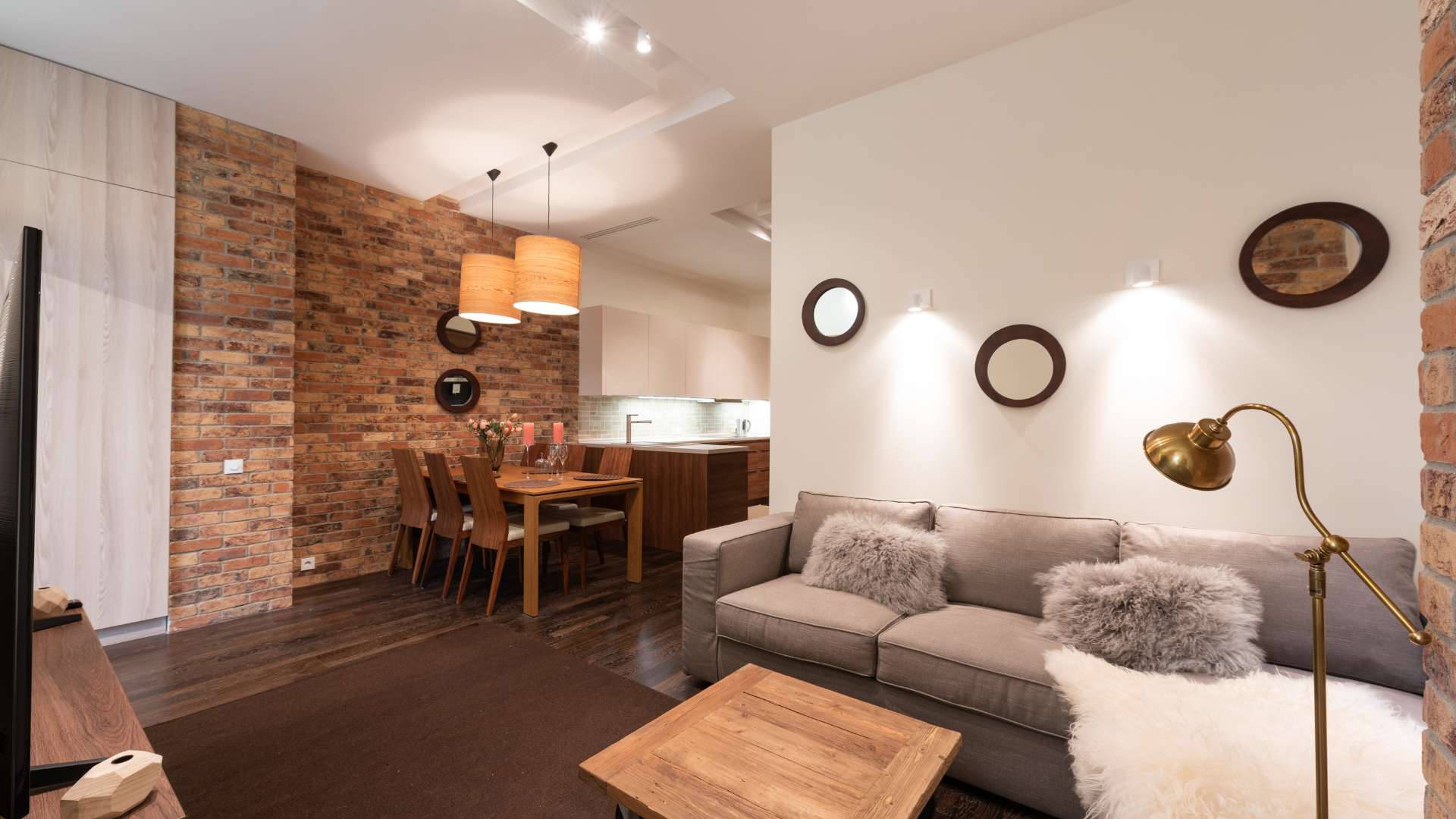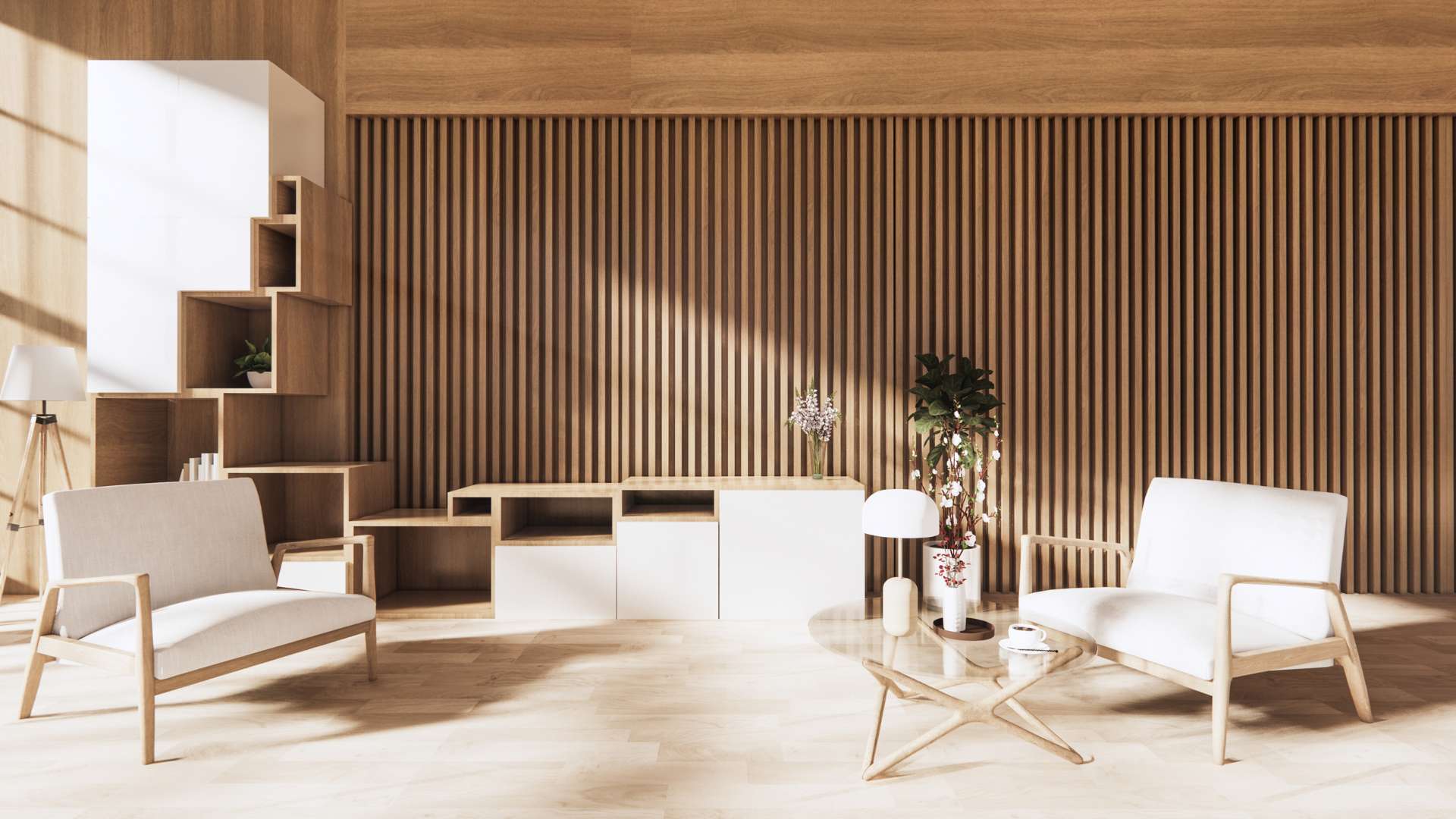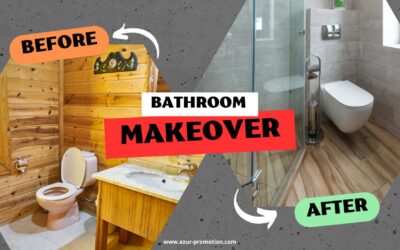Smart lighting technology has evolved in leaps and bounds over the past few years. More and more households are welcoming smart light bulbs into their living spaces, and the market is brimming with choices. Today, we’ll take a closer look at two of the leading brands in smart lighting technology: Philips Hue and LIFX. We’ll explore their features, evaluate their pros and cons, and ultimately, help you decide which one would be the best smart lighting solution for your home.
- 1 Embrace the Smart Lighting Revolution with Philips Hue
- 2 LIFX Lights: A Brilliant Alternative
- 3 Philips Hue vs LIFX: Which One Should You Choose?
-
4
FAQ
- 4.1 What are the primary differences between Philips Hue and LIFX smart lighting systems?
- 4.2 How does the color accuracy and brightness compare between Philips Hue and LIFX bulbs?
- 4.3 Are Philips Hue and LIFX compatible with smart home platforms?
- 4.4 What is the impact of Philips Hue’s requirement for a bridge on its setup and functionality?
- 4.5 Can you set up lighting scenes and schedules with both Philips Hue and LIFX?
Embrace the Smart Lighting Revolution with Philips Hue
Philips Hue is a pioneer in the smart lighting industry. Launched in 2012, it has since been synonymous with high-quality smart lighting, winning over customers worldwide with its broad range of products and features. Powered by the Zigbee wireless protocol, Philips Hue lights can be controlled via a mobile app or a voice assistant such as Amazon Alexa, Google Assistant, or Apple Homekit.
Versatility that Shines Bright
The Philips Hue range is incredibly diverse. Whether you’re looking for color changing bulbs, light strips, or even outdoor lights, Philips Hue has got you covered. One of its standout products is the Philips Hue Light Strip, a flexible and versatile light source that can be used to add a dash of color to any room. It can be easily trimmed, bent, or extended to fit any space, making it a fantastic choice for accent lighting or mood lighting.
Unleashing Colors with Philips Hue
One of the most captivating aspects of Philips Hue is the broad spectrum of colors it offers. Each bulb can produce up to 16 million colors, allowing you to create the perfect ambiance for any situation. With the Philips Hue app, you can easily adjust the color and brightness of your lights, set up routines, or even sync your lights with your music or movies for a fully immersive experience.
LIFX Lights: A Brilliant Alternative
While Philips Hue is a well-established player in the smart lighting arena, LIFX has also carved out a space for itself, offering a compelling range of products that are easy to use and incredibly feature-rich. Unlike Philips Hue, LIFX lights use Wi-Fi instead of Zigbee, which means you don’t need a hub to make them work — all you need is a good Wi-Fi connection and the LIFX app.
LIFX: Lighting Up Your Life in More Ways than One
LIFX offers a wide array of smart lighting solutions, from color-changing bulbs and light strips to innovative products like the LIFX Tile and Beam. The Tile is a set of square panels that can be arranged in any pattern, each capable of displaying a stunning array of colors and effects. The Beam, on the other hand, is a light strip that can be configured in different shapes to create striking light displays.
A Symphony of Colors with LIFX
Similar to Philips Hue, LIFX lights also offer a range of 16 million colors. With the LIFX app, you can adjust the color, brightness, and even the temperature of your lights. What sets LIFX apart is its built-in effects, like the “Color Cycle” that automatically cycles through different hues, or the “Music Visualizer” that syncs your lights to your music.
Philips Hue vs LIFX: Which One Should You Choose?

Choosing between Philips Hue and LIFX can be challenging, as both brands offer impressive features. If you prefer a broader range of products and don’t mind investing in a hub, Philips Hue might be the better choice. However, if you’re looking for hub-free setup and unique features like built-in effects, LIFX could be the way to go.
To make the best decision, consider your specific needs, preferences, and budget. Both brands offer starter kits, which can be a great way to test out their products and see which one suits your lifestyle best. Remember, it’s not just about choosing the best smart lights, but selecting the ones that bring out the best in your home.
In conclusion, whether you choose Philips Hue or LIFX, you’re investing in smart lighting technology that can transform the way you experience and interact with light. The future of home lighting is bright, and it’s more colorful and versatile than ever before.
FAQ
What are the primary differences between Philips Hue and LIFX smart lighting systems?
The main differences between Philips Hue and LIFX are in their connectivity, color accuracy, and product ecosystem. Philips Hue typically requires a bridge for full functionality and offers a wide range of lighting products and accessories. LIFX bulbs connect directly to WiFi without the need for additional hardware and are known for their vivid colors and high brightness levels.
How does the color accuracy and brightness compare between Philips Hue and LIFX bulbs?
LIFX bulbs generally provide brighter illumination and more accurate, vibrant colors compared to Philips Hue. They often have a higher lumen output, which contributes to their brightness, and a wider color gamut, leading to more saturated hues.
Are Philips Hue and LIFX compatible with smart home platforms?
Yes, both Philips Hue and LIFX are compatible with popular smart home platforms like Amazon Alexa, Google Assistant, and Apple HomeKit. This allows users to control their lights using voice commands and integrate them into their smart home setups.
What is the impact of Philips Hue’s requirement for a bridge on its setup and functionality?
Requiring a bridge means that setting up Philips Hue lights involves an additional step and initial cost. However, the bridge enables a reliable low-frequency network, which can be more stable than WiFi and supports a larger number of devices. It also centralizes the control of all Philips Hue products, allowing for a potentially more seamless integration and automation within the ecosystem.
Can you set up lighting scenes and schedules with both Philips Hue and LIFX?
Yes, both Philips Hue and LIFX offer the ability to create custom lighting scenes and schedules through their respective mobile apps. Users can personalize their lighting experience according to their preferences, setting the mood for different activities or automating lights to turn on/off at specific times.





